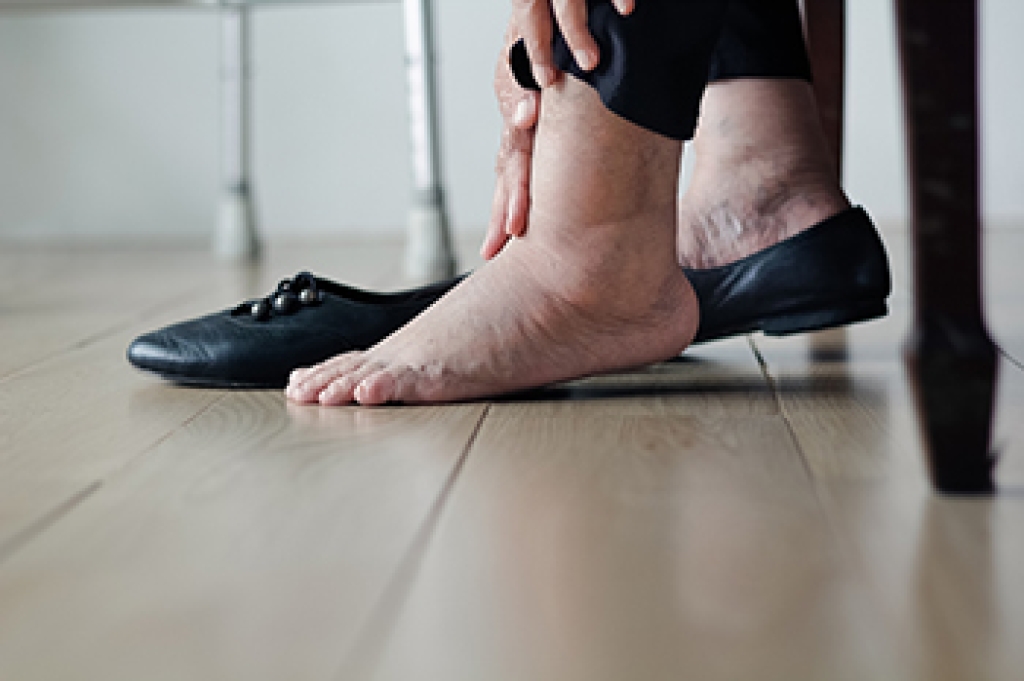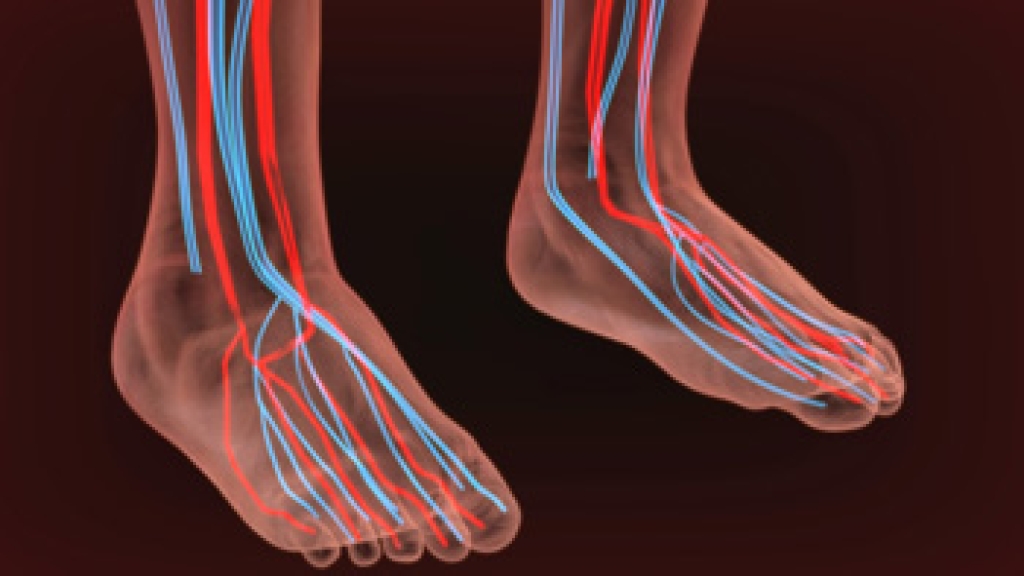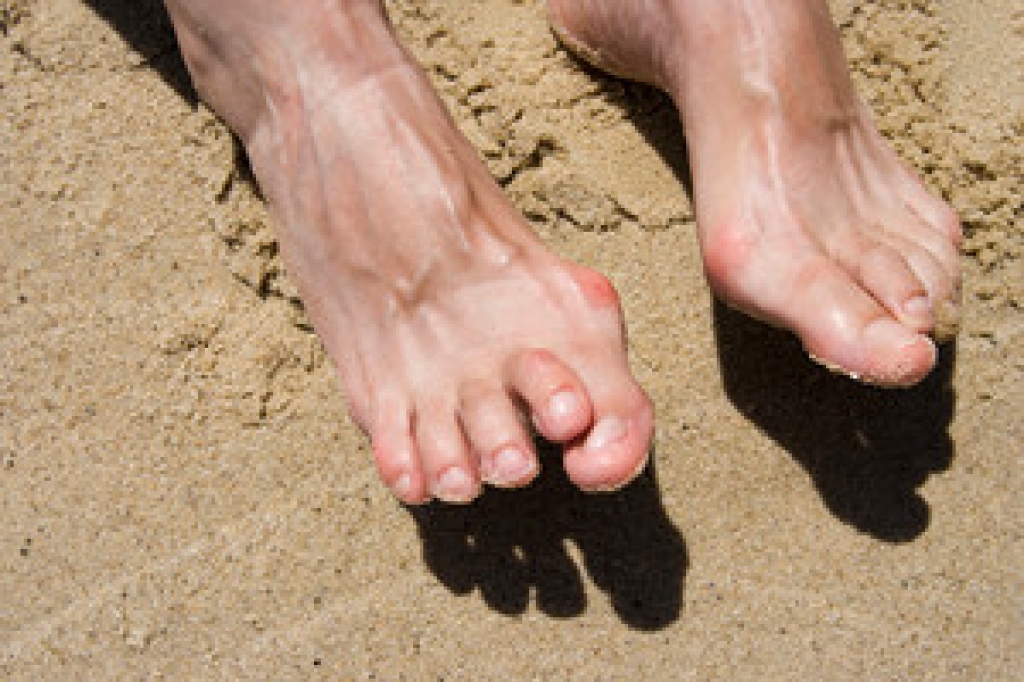
Elderly foot care issues can affect comfort, mobility, and overall quality of life. Cold feet may result from reduced circulation, changes in skin thickness, or chronic health conditions. Wounds that do not heal are another serious concern, often linked to poor blood flow, nerve changes, or pressure points that go unnoticed. These problems can increase the risk of infection and limit daily activity, if not addressed early. A podiatrist can evaluate circulation, skin health, and foot structure to identify underlying causes. Treatment may include routine foot care, wound management, pressure relief, and guidance on proper footwear. Ongoing podiatric care helps an older person maintain independence and prevents complications. If you are elderly and have any of the above symptoms, it is suggested that you schedule a visit with a podiatrist who can treat various foot and ankle conditions.
Proper foot care is something many older adults forget to consider. If you have any concerns about your feet and ankles, contact one of our podiatrists from Footcare Now. Our doctors can provide the care you need to keep you pain-free and on your feet.
The Elderly and Their Feet
As we age we start to notice many changes in our body, but the elder population may not notice them right away. Medical conditions may prevent the elderly to take notice of their foot health right away. Poor vision is a lead contributor to not taking action for the elderly.
Common Conditions
- Neuropathy – can reduce feeling in the feet and can hide many life-threatening medical conditions.
- Reduced flexibility – prevents the ability of proper toenail trimming, and foot cleaning. If left untreated, it may lead to further medical issues.
- Foot sores – amongst the older population can be serious before they are discovered. Some of the problematic conditions they may face are:
- Gouging toenails affecting nearby toe
- Shoes that don’t fit properly
- Pressure sores
- Loss of circulation in legs & feet
- Edema & swelling of feet and ankles
Susceptible Infections
Diabetes and poor circulation can cause general loss of sensitivity over the years, turning a simple cut into a serious issue.
If you have any questions, please feel free to contact our offices located in Elmhurst Jackson Heights, Astoria, Rego Park, and Forest Hills, NY . We offer the newest diagnostic and treatment technologies for all your foot care needs.




